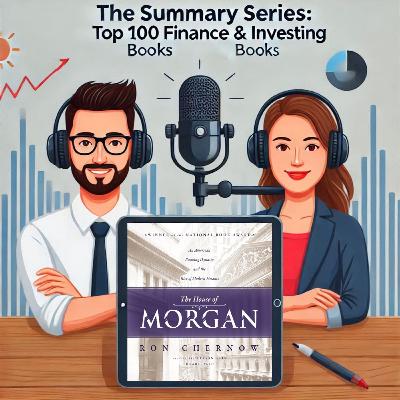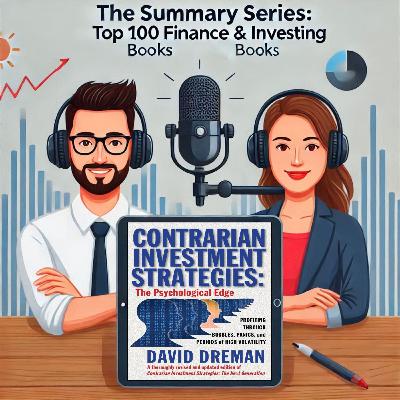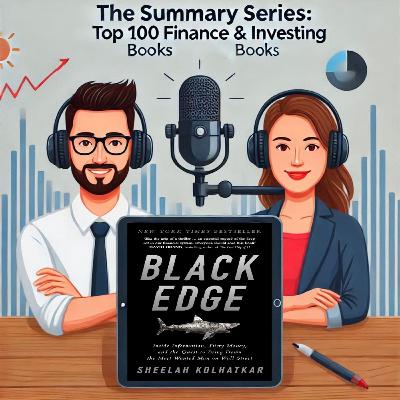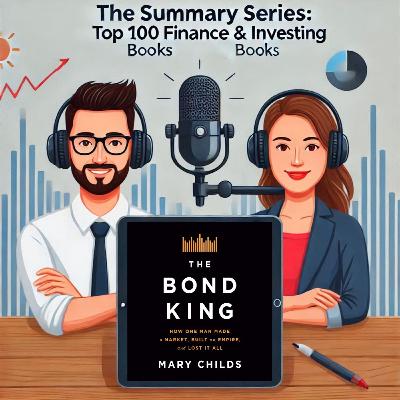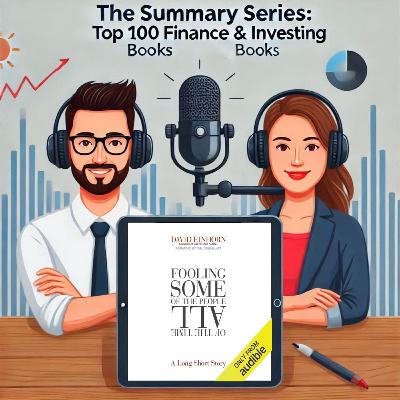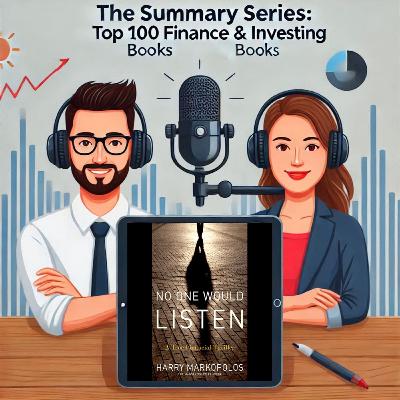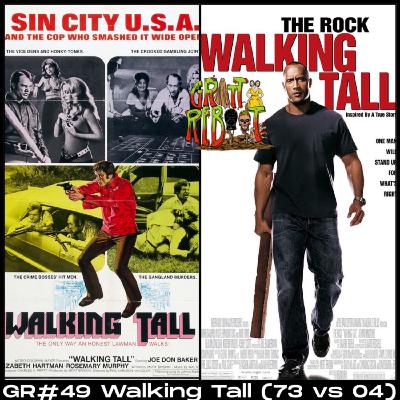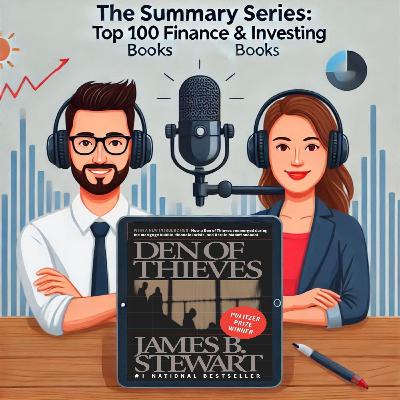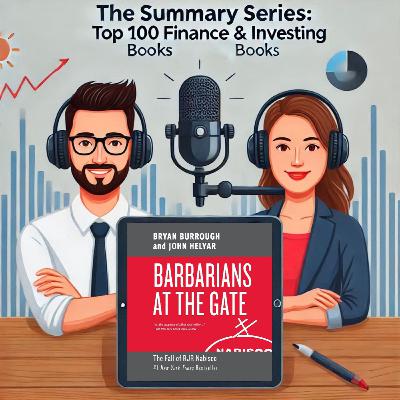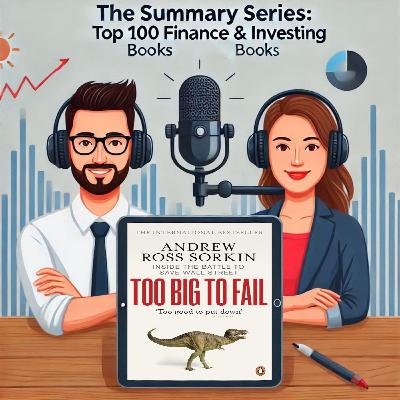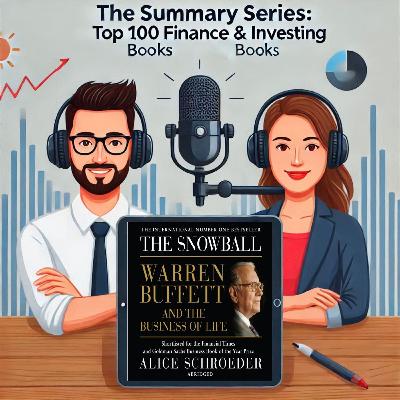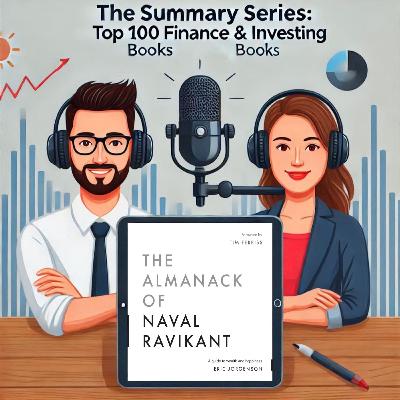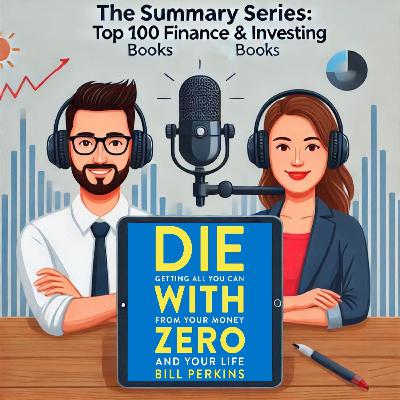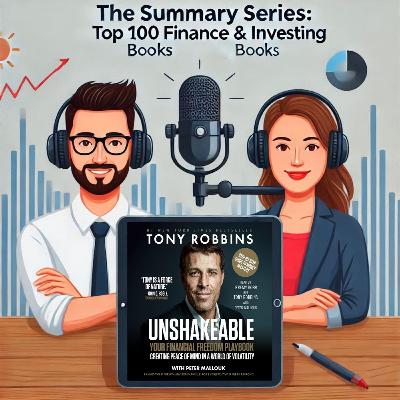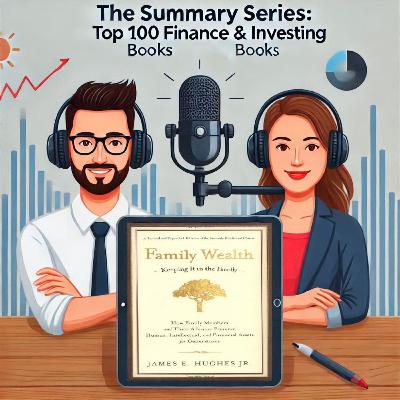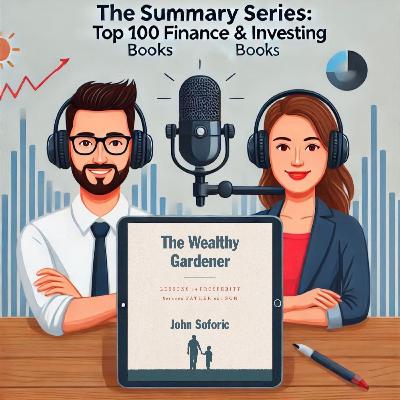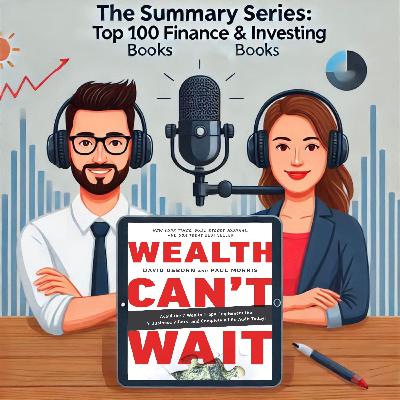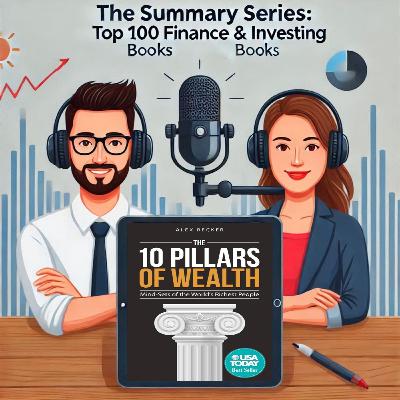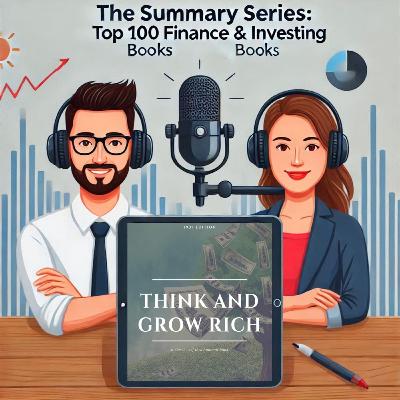092-The House of Morgan: An American Banking Dynasty and the Rise of Modern Finance
Description
# *Summary of *The House of Morgan: An American Banking Dynasty and the Rise of Modern Finance* by Ron Chernow*
📚 Buy this book on Amazon: https://amzn.to/41XQ3rL
💻 Free month of Kindle Unlimited: https://amzn.to/3ZYVJAK
🎧 Grab audio version for free on an Audible trial: https://amzn.to/3PeeivQ
*"The House of Morgan"* by *Ron Chernow* is a *comprehensive history of the Morgan banking empire*, detailing its *rise, influence, and transformation over 150 years*. The book explores *how J.P. Morgan & Co. shaped modern finance, influenced global politics, and navigated economic crises* from the late 19th century through the late 20th century.
Chernow divides the history of the Morgans into three distinct periods:
1. *The Baronial Age (1838–1913)* – The era of J. Pierpont Morgan, when banking was personal and dominated by elite financiers.
2. *The Diplomatic Age (1913–1940s)* – The Morgans' role in international finance, war efforts, and government relations.
3. *The Casino Age (1940s–1980s)* – The shift to corporate banking, deregulation, and high-risk financial strategies.
## *🔹 Key Themes & Insights*
# *1. The Rise of J.P. Morgan: The Power of One Man*
✔️ *J. Pierpont Morgan was the most powerful banker of his time*, controlling vast financial networks.
✔️ He played a central role in *stabilizing markets, rescuing banks, and consolidating industries* (e.g., U.S. Steel, General Electric).
✔️ *Morgan acted as an unofficial central bank*, stepping in during financial crises, such as the Panic of 1907.
🔹 *"Morgan wasn’t just a banker—he was a financial ruler, shaping the U.S. economy with his influence."*
# *2. The Morgans and Global Finance*
✔️ The Morgans *financed wars, governments, and infrastructure projects worldwide*.
✔️ *They helped Britain and France finance World War I*, reinforcing their role as global financiers.
✔️ *Wall Street and Washington grew closer*, with Morgan bankers advising U.S. presidents and policymakers.
🔹 *"The House of Morgan was not just a bank—it was a geopolitical force."*
# *3. The Fall of the Morgans' Monopoly*
✔️ The *1913 establishment of the Federal Reserve* reduced the power of private bankers like Morgan.
✔️ *The 1929 stock market crash and Great Depression* led to stricter regulations on banking.
✔️ *The 1933 Glass-Steagall Act forced the Morgans to separate investment banking from commercial banking*, breaking up their empire.
🔹 *"Government regulation and market crashes ended the era of financial titans ruling unchecked."*
# *4. The Post-War Transformation: From Conservative Banking to Financial Speculation*
✔️ *World War II and post-war growth led to a more bureaucratic, corporate banking culture.*
✔️ The Morgans’ *conservative, relationship-based banking was replaced by aggressive deal-making and speculative finance*.
✔️ *By the 1980s, Wall Street had evolved into a high-risk, high-reward industry*, far from its early days of elite banking houses.
🔹 *"The House of Morgan had to evolve or die in the fast-changing financial world."*
## *📖 Key Takeaways*
✅ *J.P. Morgan’s dominance in finance shaped modern capitalism.*
✅ *The Morgans influenced global politics, war financing, and economic policy.*
✅ *The Great Depression and government regulation ended private bankers' unchecked power.*
✅ *The shift from relationship-based banking to speculation marked the modern financial era.*
✅ *Wall Street’s transformation reflects the broader evolution of finance—from stability to high-risk capitalism.*
# *📝 Final Thoughts*
*The House of Morgan* is a *masterpiece of financial history*, offering a fascinating look at how one banking dynasty shaped the modern financial world. Ron Chernow *brings to life the personalities, power struggles, and pivotal moments that defined Wall Street*.

